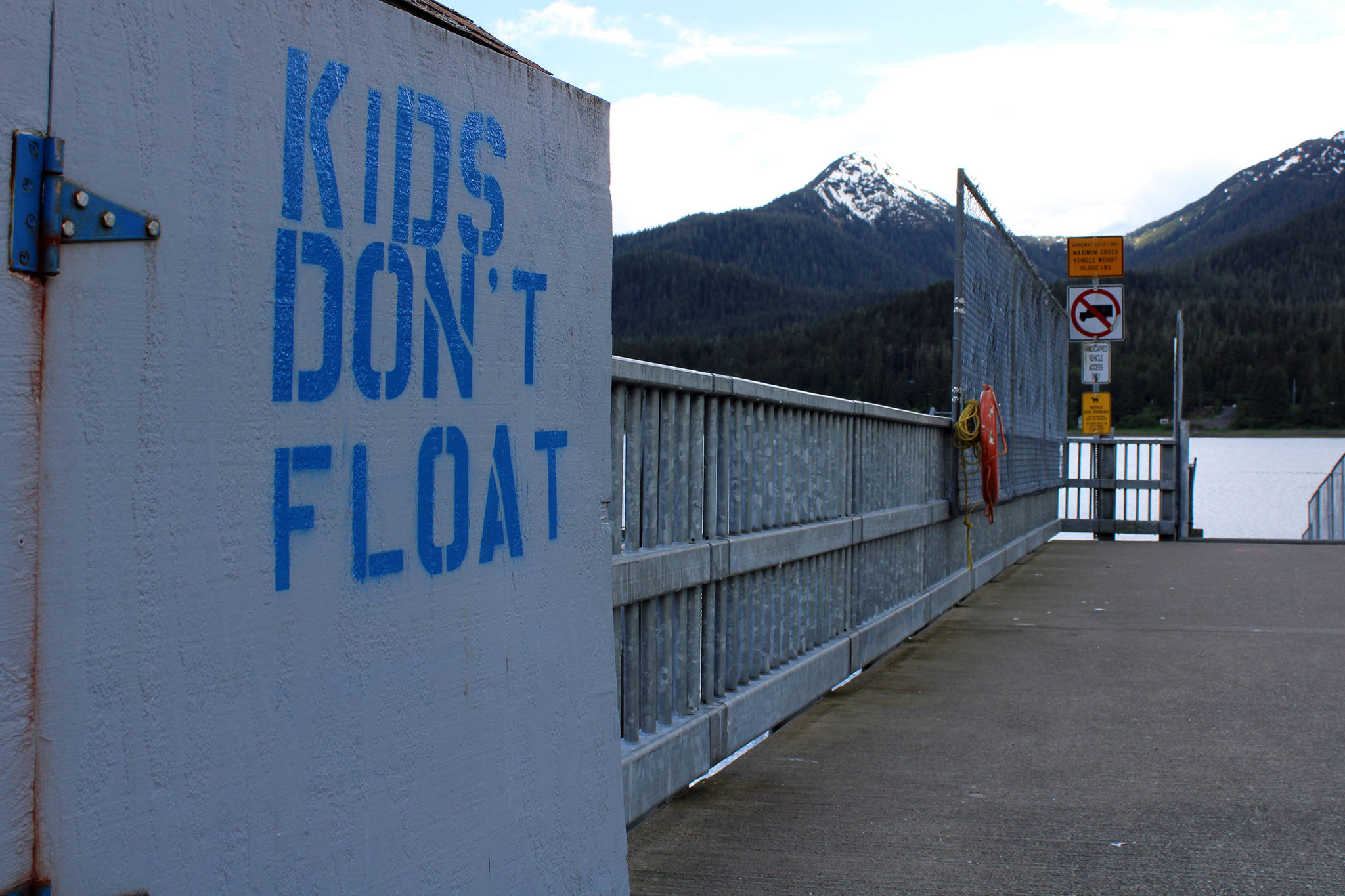The Coast Guard’s 2019 Recreational Boating Statistics report shows that Alaska is breaking from a four year trend of increasing accidents and deaths.
“Annually, we seem to go through cycles,” said Mike Folkerts, boating safety specialist for Coast Guard District 17. “Some years it’ll be up, some years it’ll be done.”
Boating deaths have generally trended downwards since the introduction of a state boating safety program in Alaska, Folkerts said.
“Annually we’ve been trending down since the start of the boating safety program 20 years ago this year,” Folkerts said. “Alaska was the last state or territory to have a boating safety law. Ever since the boating safety program we’ve been trending down.”
Deaths dropped from 22 in 2018 to 11 in 2019, according to the report that was released Wednesday. Most deaths nationwide involved boaters with no boater education, and who were the sole occupant of their vessel. Open motorboat accidents represent the largest category of casualties, but Folkerts said others are trending upward.
City releases Juneau Police Department’s use of force policy
“In Alaska our fatality demographic is sharply defined,” Folkerts said. “We’re noticing a rise in non-motorized craft, paddlecraft. The paddlers get left out in some regards.”
Paddleboarders in particular represent a rising class of casualties as the sport gains popularity, Folkerts said. Their stripped down design offers many chances for the ocean to claim their operators.
“People will go out on a nice day like today, and they will dress for the weather not the water,” Folkerts said. “On paddle craft, the chances of immersion are higher. If you can’t self-recover, you won’t last very long.”
Odds of survival can be improved by simple measures, Folkerts said, the simplest of which is the most obvious: wearing a life jacket.
“That’s the key right there, that life jacket for cold water,” Folkerts said. “Be aware of what’s going on around you. We get sidetracked or lose focus. The water is pretty unforgiving. If you go in the drink, you’re not going to last long in Alaska.”
Alcohol-related casualties also plummeted precipitously, going from 10 deaths and 5 injuries in 2018 to 1 death and no injuries in 2019.
“We have some of the highest life jacket wear-rates in the country, which means more people get saved that we never know of,” Folkerts said. “Alaska is consistently rated very high, in part because of the consistent boating safety programs, such as Kids Don’t Float.”
Kids Don’t Float is a statewide injury prevention program that was developed to address Alaska’s high child and youth drowning rate, according to the Alaska Department of Natural Resources.
Nationwide, boating deaths dropped from 633 in 2018 to 613 in 2019. Injuries increased from 4145 in 2018 to 4168 in 2019.
For more information, check out the Alaska Office Of Boating Safety site.

